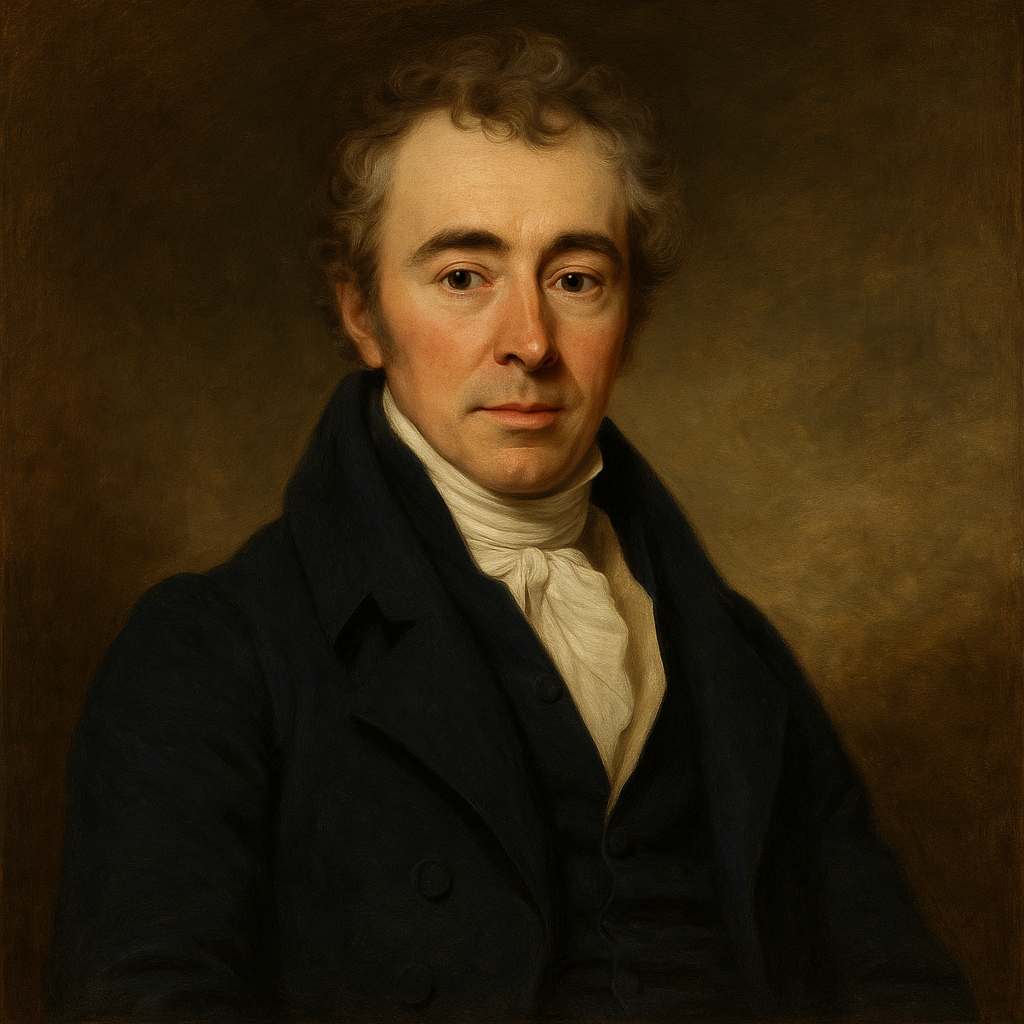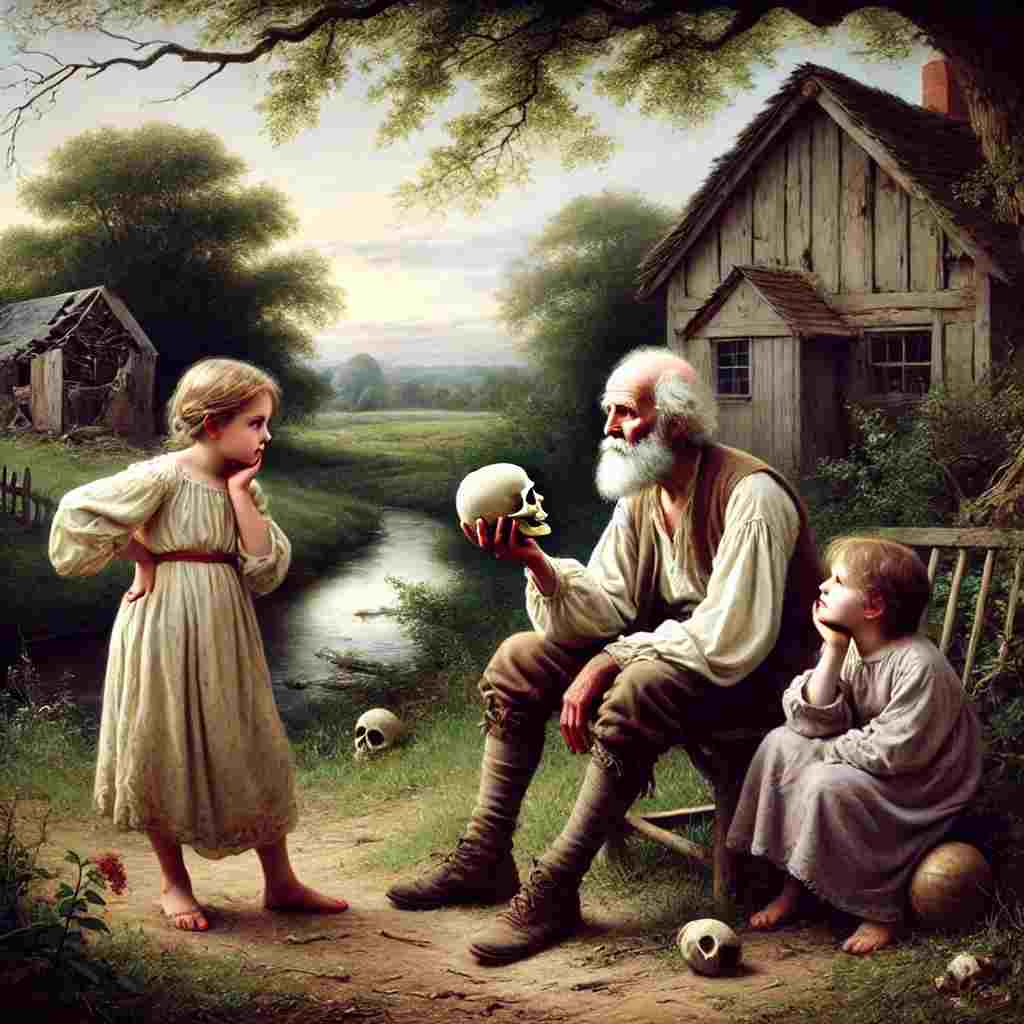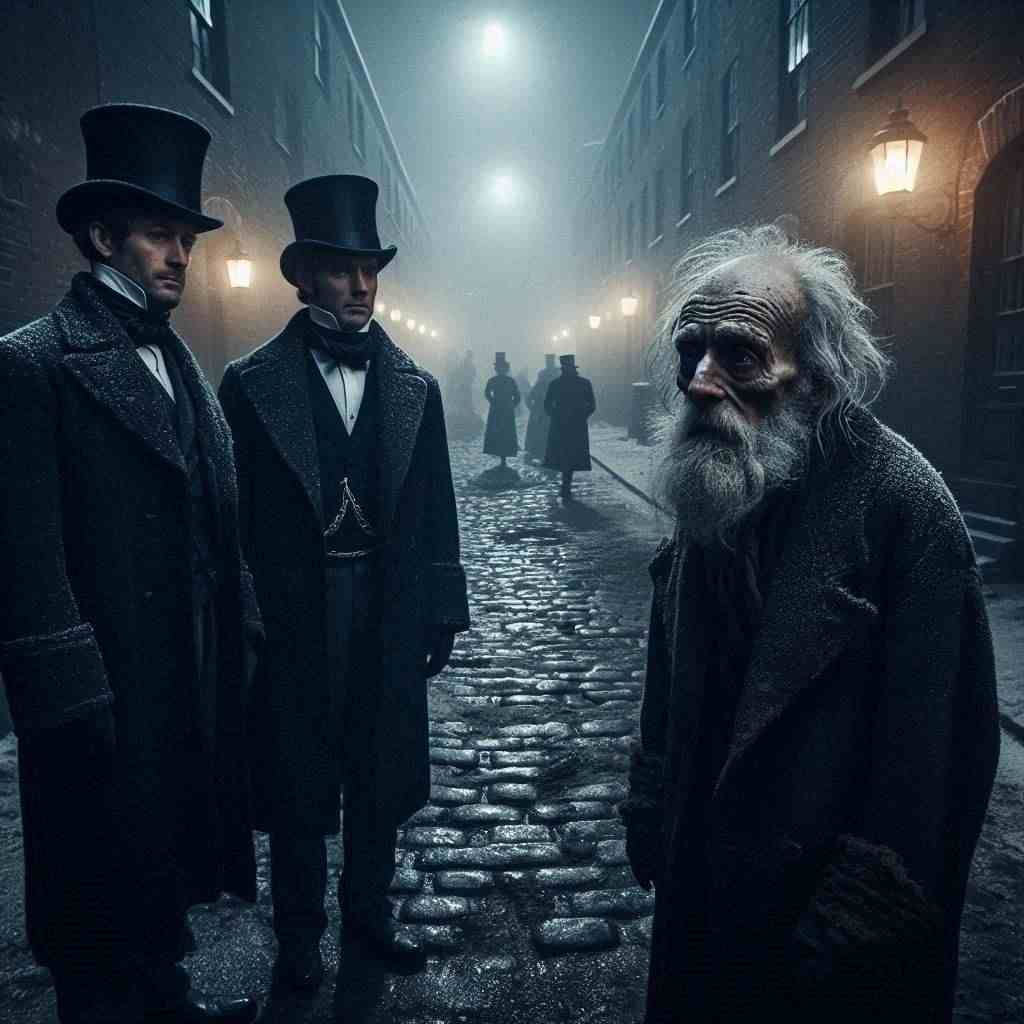4 Poems by Robert Southey
1774 - 1843
Robert Southey Biography
Robert Southey, a prominent figure of the Romantic era, was born on August 12, 1774, in Bristol, England. His life and work, though often overshadowed by his more famous contemporaries William Wordsworth and Samuel Taylor Coleridge, played a significant role in shaping the literary landscape of early 19th-century Britain.
Southey's childhood was marked by both privilege and hardship. Born into a linen draper's family, he was largely raised by his aunt, Elizabeth Tyler, who fostered his early love for literature. This upbringing, away from his immediate family, instilled in him a sense of independence and a penchant for self-reliance that would characterize much of his later life and work.
As a young man, Southey attended Westminster School, where he formed lasting friendships and developed his political ideals. It was during this time that he began to show promise as a writer, composing his first poems and cultivating a rebellious spirit that would lead to his expulsion in 1792 for writing an article criticizing corporal punishment in the school magazine.
Southey's university years at Balliol College, Oxford, were pivotal in shaping his intellectual and political views. It was here that he met Coleridge, forming a friendship that would profoundly influence both their lives and works. Together, they dreamed up the utopian scheme of "Pantisocracy," a plan to establish an egalitarian community in America. Though the project never materialized, it reflected Southey's early radical political leanings and his desire for social reform.
In 1795, Southey married Edith Fricker, the sister of Coleridge's wife Sara, cementing the personal and professional bonds between the two poets. This period marked the beginning of Southey's prolific literary career, with the publication of his epic poem "Joan of Arc" in the same year. The work, while rough in execution, showcased Southey's ambition and his ability to blend historical narrative with poetic expression.
Southey's literary output was vast and varied. He wrote in numerous genres, including epic poetry, ballads, novels, and histories. Some of his most notable works include "Thalaba the Destroyer" (1801), "Madoc" (1805), and "The Curse of Kehama" (1810). These long narrative poems, often drawing on exotic settings and mythologies, exemplified Southey's fascination with the supernatural and his skill in crafting intricate, sprawling narratives.
Despite his early radical sympathies, Southey's political views gradually shifted towards conservatism as he aged. This transformation, which many of his contemporaries viewed as a betrayal of youthful ideals, was reflected in his appointment as Poet Laureate in 1813, a position he held until his death. His tenure as Laureate was marked by both acclaim and criticism, with some praising his dedication to the role and others deriding his more conventional, patriotic verses.
Southey's prose works, though less celebrated than his poetry during his lifetime, have since gained recognition for their historical value and literary merit. His biographies, including "Life of Nelson" (1813) and "Life of Wesley" (1820), are considered masterpieces of the genre, combining meticulous research with engaging narrative style. His "Letters from England" (1807), published under the pseudonym Don Manuel Alvarez Espriella, offered a satirical and insightful view of English society through the eyes of a fictitious Spanish traveler.
Throughout his life, Southey was known for his incredible work ethic and disciplined writing routine. He supported not only his own family but also those of his wife's sisters, including the children of Coleridge, through his tireless literary efforts. This financial pressure necessitated a diverse literary output, including contributions to the influential Quarterly Review, where his conservative political views often found expression.
Southey's personal life was marked by both joy and tragedy. Of his eight children, only three survived to adulthood. The death of his son Herbert in 1816 was a particularly devastating blow, inspiring some of his most moving poetry. The loss of his wife Edith in 1837, after years of illness, left him bereft, though he found some solace in his second marriage to Caroline Bowles in 1839.
In his later years, Southey's mental faculties began to decline, a process that his contemporaries observed with sadness. Despite this, he continued to work on various literary projects until near the end of his life. He died on March 21, 1843, leaving behind a vast body of work that spans genres and reflects the tumultuous times in which he lived.
Robert Southey's legacy is complex. While he may not have achieved the lasting fame of Wordsworth or Coleridge, his influence on the literary world of his time was significant. His experiments with form and subject matter in poetry, his contributions to the development of the biography genre, and his role in shaping public discourse through his prose writings all mark him as a figure worthy of continued study and appreciation.
Today, scholars recognize Southey not only for his literary achievements but also for his role as a cultural historian. His extensive correspondence, much of which has been preserved, provides invaluable insights into the literary, social, and political life of early 19th-century Britain. His home, Greta Hall in Keswick, became a focal point of the Lake Poets' circle, hosting numerous literary figures and fostering the creative environment that characterized the Romantic movement.
In reassessing Southey's place in literary history, modern critics have begun to appreciate the breadth of his intellect, the depth of his historical knowledge, and the ways in which his work both reflected and shaped the cultural currents of his time. While he may have been overshadowed by some of his contemporaries, Robert Southey remains a fascinating figure whose life and work continue to offer rich material for literary scholars and historians alike.
This text was generated by AI and is for reference only. Learn more
Username Information
No username is open
Everything is free to use, but donations are always appreciated.
Quick Links
© 2024-2025 R.I.Chalmers (V2Melody).

All music on this site by R.I.Chalmers (V2Melody) is licensed under a Creative Commons Attribution-NonCommercial 4.0 International License.
Attribution Requirement:
When using this music, you must give appropriate credit by including the following statement (or equivalent) wherever the music is used or credited:
"Music by R.I.Chalmers (V2Melody) – https://v2melody.com"
Support My Work:
If you enjoy this music and would like to support future creations, your thanks are always welcome but never required.
Thanks!





